The Surge in Rice Prices: What’s Happening and Why?
Rice prices in Japan have surged by 10-20% over the past year, leaving consumers and retailers grappling with the impact.
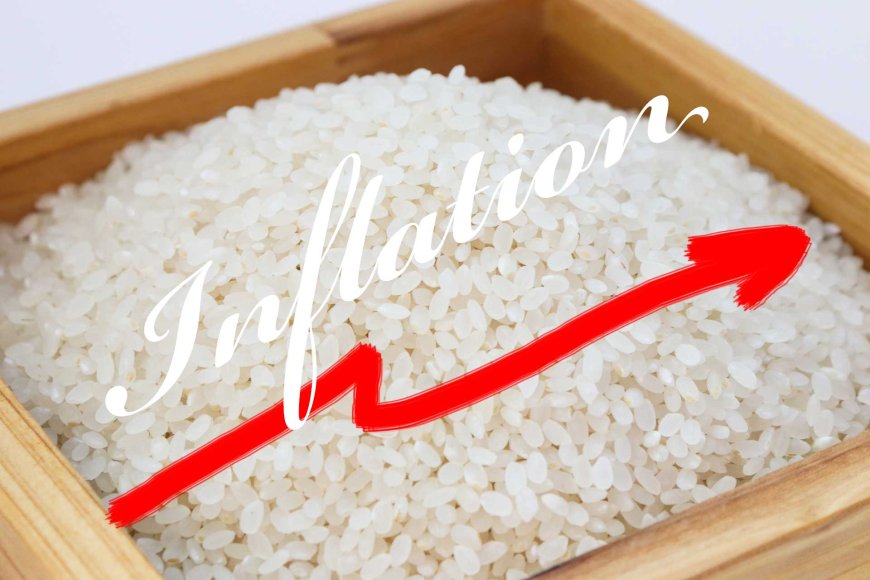
Rising Rice Prices: A Growing Concern
Rice, a staple food in Japan and many other countries, has seen a significant price increase in recent months. According to the National Supermarket Association of Japan, as of August, the retail price of rice has risen by about 10-20% compared to the same period last year. This surge in price has led to concerns among consumers, as some stores are experiencing shortages or have imposed limits on the number of purchases per customer. The question on everyone’s mind is: Why are rice prices soaring?
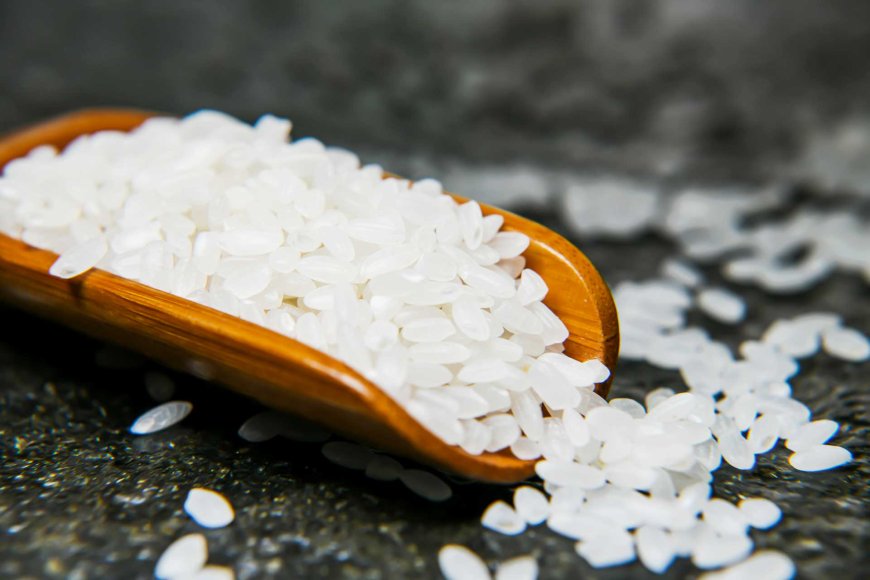
The Factors Behind the Price Hike
The rise in rice prices can be attributed to a combination of environmental and economic factors. Historically, Japan’s agriculture ministry has implemented policies to prevent overproduction of table rice, in response to decreasing demand. However, recent extreme weather conditions have disrupted this balance. Last summer, Japan experienced scorching temperatures that caused heat damage to rice crops, particularly in key rice-producing regions like Niigata Prefecture. The heat resulted in rice grains becoming cloudy, reducing their yield when milled. Such rice, due to its altered appearance and texture, does not sell well, leading to a significant drop in the amount of rice available for distribution.
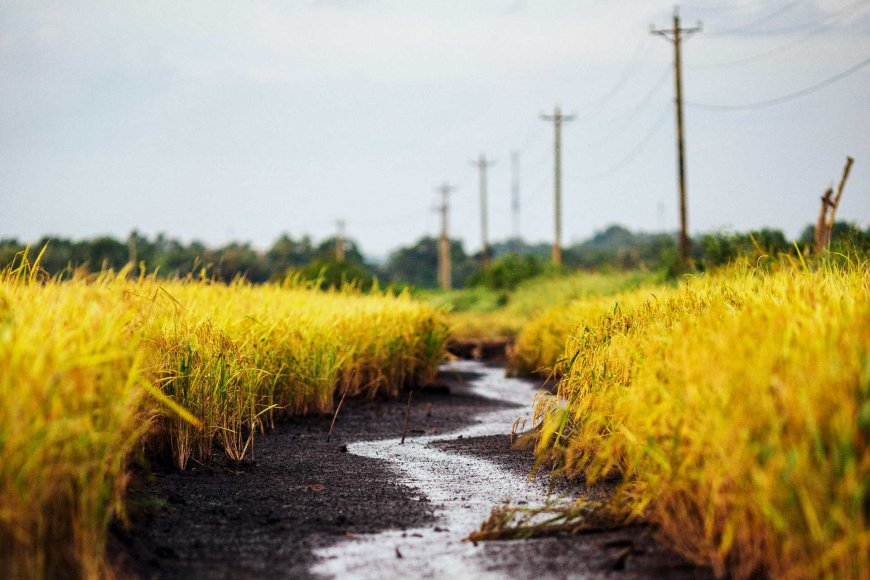
In addition to weather-related issues, there has been an increase in rice consumption, which has further driven up prices. Rice has remained relatively stable in price compared to other food items, making it an attractive option for budget-conscious households. This increased attractiveness has led to higher consumption rates. Furthermore, the tourism boom has played a significant role. With the number of foreign visitors to Japan increasing 2.3 times compared to the previous year, demand for rice in restaurants has grown substantially. Popular Japanese dishes such as sushi, along with traditional foods like onigiri (rice balls), have become favorites among tourists, pushing rice consumption up by an estimated 31,000 metric tons.
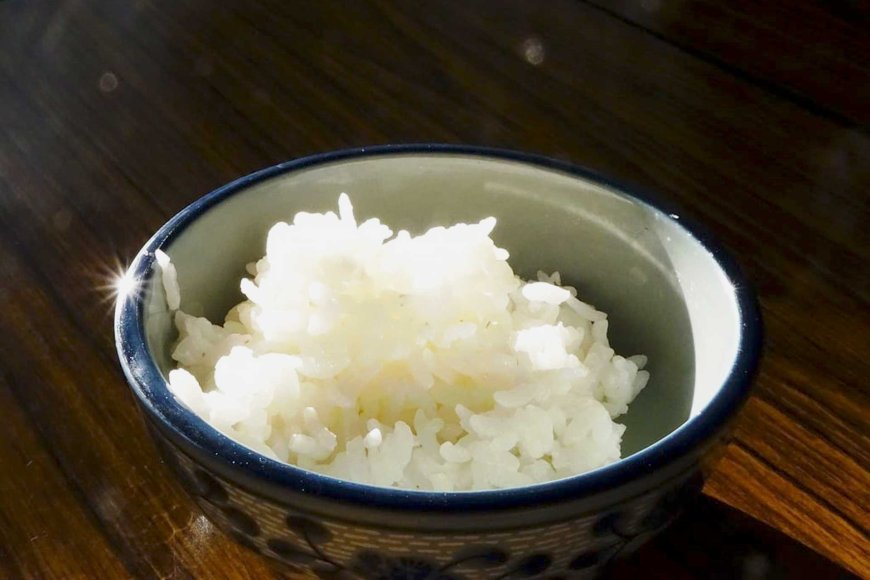
The Impact on Consumers and the Market
The rising rice prices are having a noticeable impact on both consumers and the market. Households that rely on rice as a staple are feeling the strain on their budgets, as they have to spend more for the same amount of food. This situation is also challenging for retailers, who are forced to manage stock more carefully. Some supermarkets have limited the quantity of rice customers can buy, aiming to ensure that supplies last longer and more people can access them.

On the market side, rice producers and distributors are navigating a complex situation. The scarcity of high-quality rice is pushing prices up, but there is also a need to maintain customer satisfaction and prevent consumers from turning to alternative food options. Balancing these factors is crucial for sustaining the market’s stability.
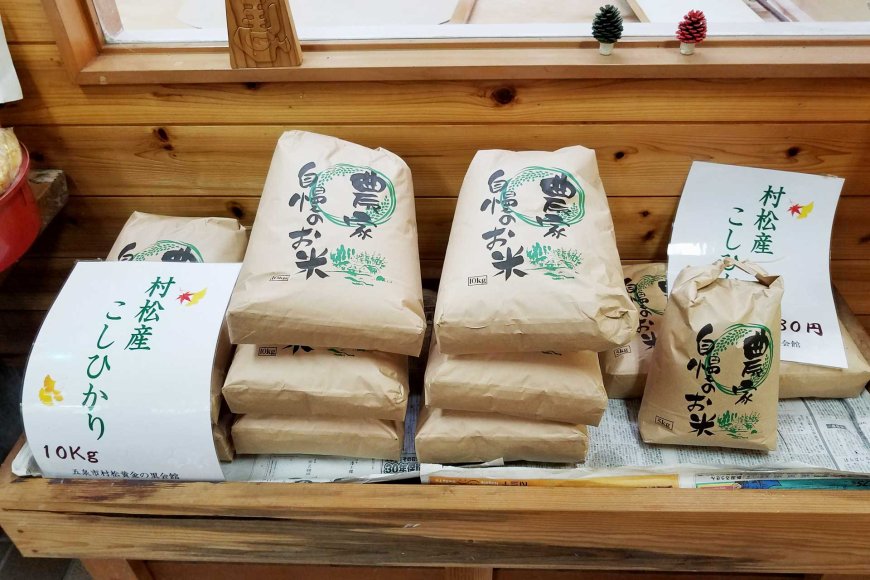
Looking Ahead: What to Expect
The agriculture ministry has indicated that the new rice harvest will be widely available starting in September, which could help to stabilize supply. However, concerns remain about the impact of continued extreme weather conditions. This summer has again been marked by high temperatures, raising fears of further damage to rice crops. Even with new stocks entering the market, there is no certainty that prices will decrease, especially given the ongoing high demand.
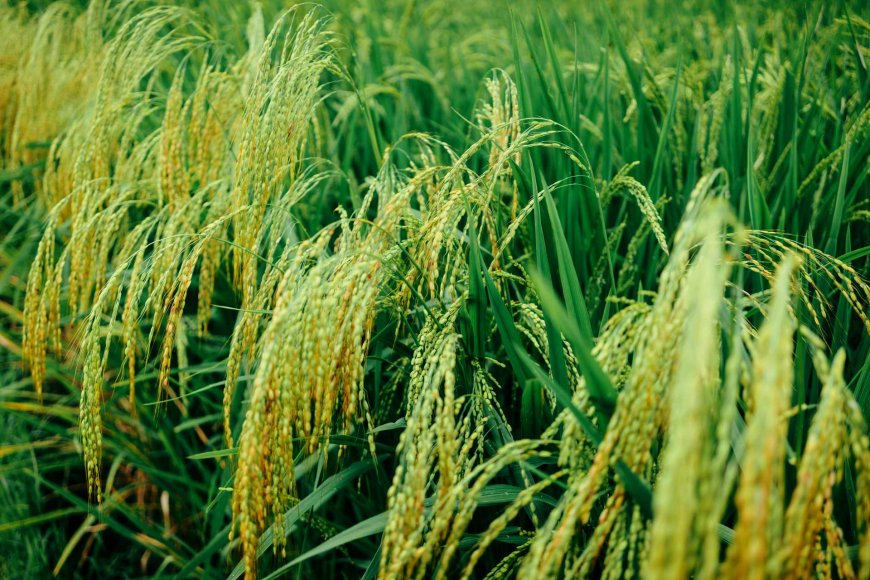
The situation highlights the importance of adapting agricultural practices to changing climate conditions. Farmers may need to explore heat-resistant rice varieties and implement better irrigation systems to mitigate the impact of extreme weather. Additionally, the government and industry stakeholders might consider revising policies to better align production with demand, ensuring a more resilient rice supply chain.
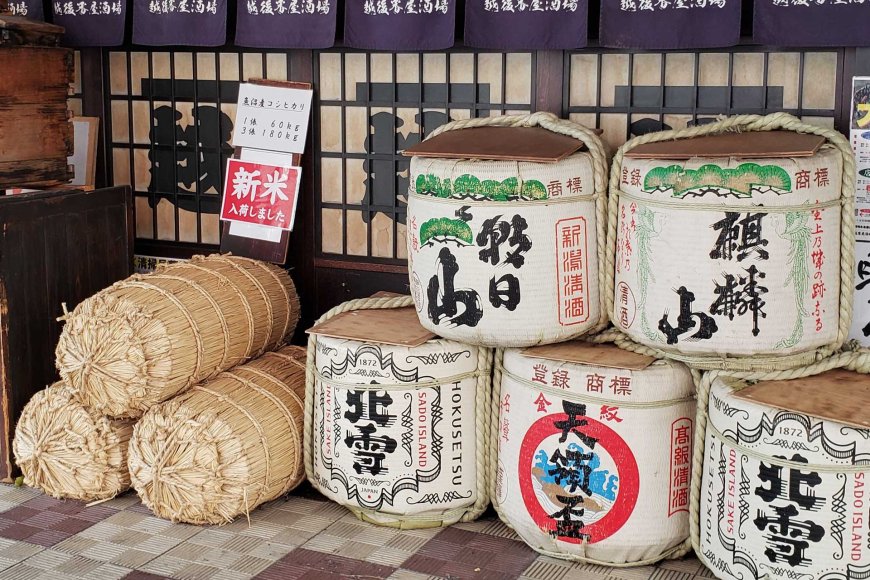
Navigating the Rice Price Surge
The current rise in rice prices in Japan is a multifaceted issue, driven by environmental challenges, increased consumption, and market dynamics. As new rice stocks become available, there may be some relief in supply, but the situation remains uncertain. The continued high demand, coupled with unpredictable weather patterns, suggests that rice prices may not return to previous levels anytime soon. Both consumers and market participants will need to adapt to this new reality, finding ways to manage the impact of higher costs while maintaining access to this essential food staple.
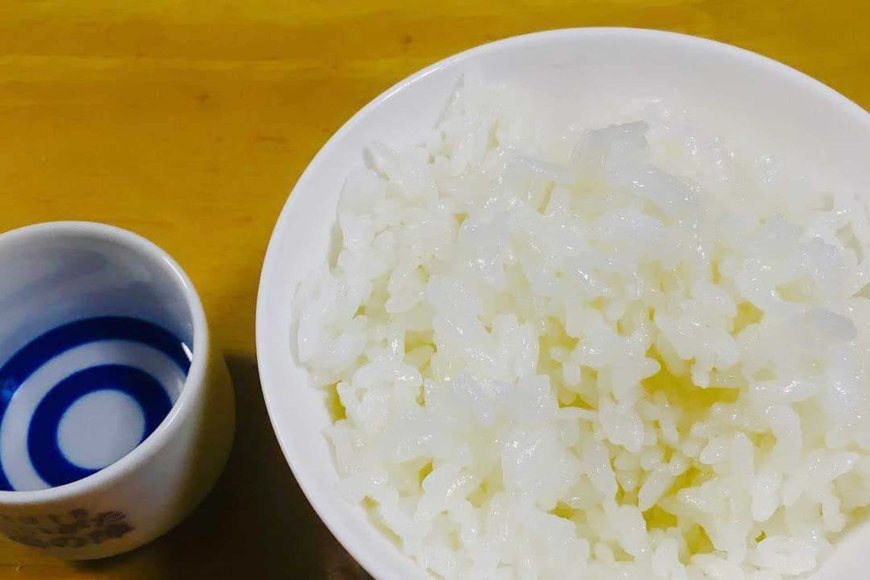
Ultimately, the experience underscores the broader challenges facing agriculture in a changing world. Sustainable practices and innovative solutions will be key to ensuring food security and stability in the face of rising temperatures and shifting consumption patterns. As Japan and other rice-consuming nations look to the future, these lessons will be crucial in safeguarding their most fundamental resources.
Find Cheap Flight Tickets to any Destinations in Japan and the Philippines
Nipino.com is committed to providing you with accurate and genuine content. Let us know your opinion by clicking HERE.






























































